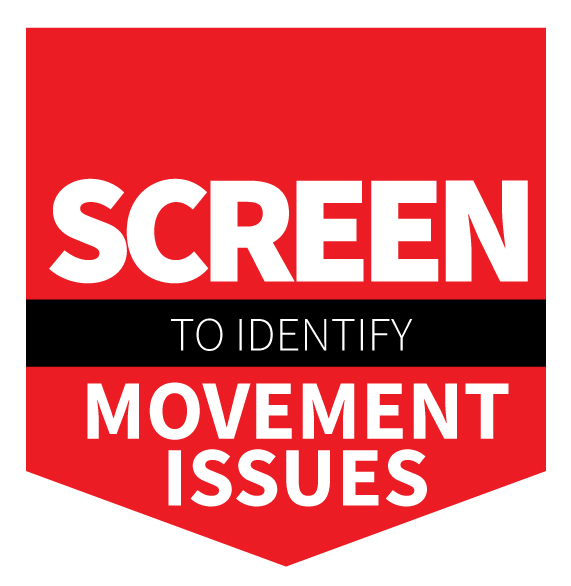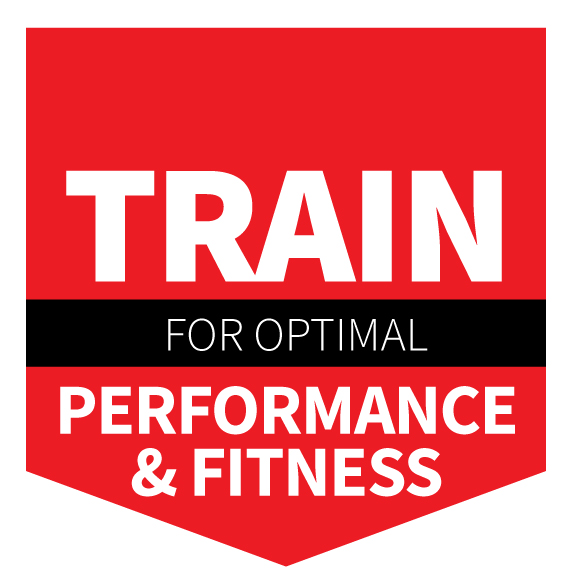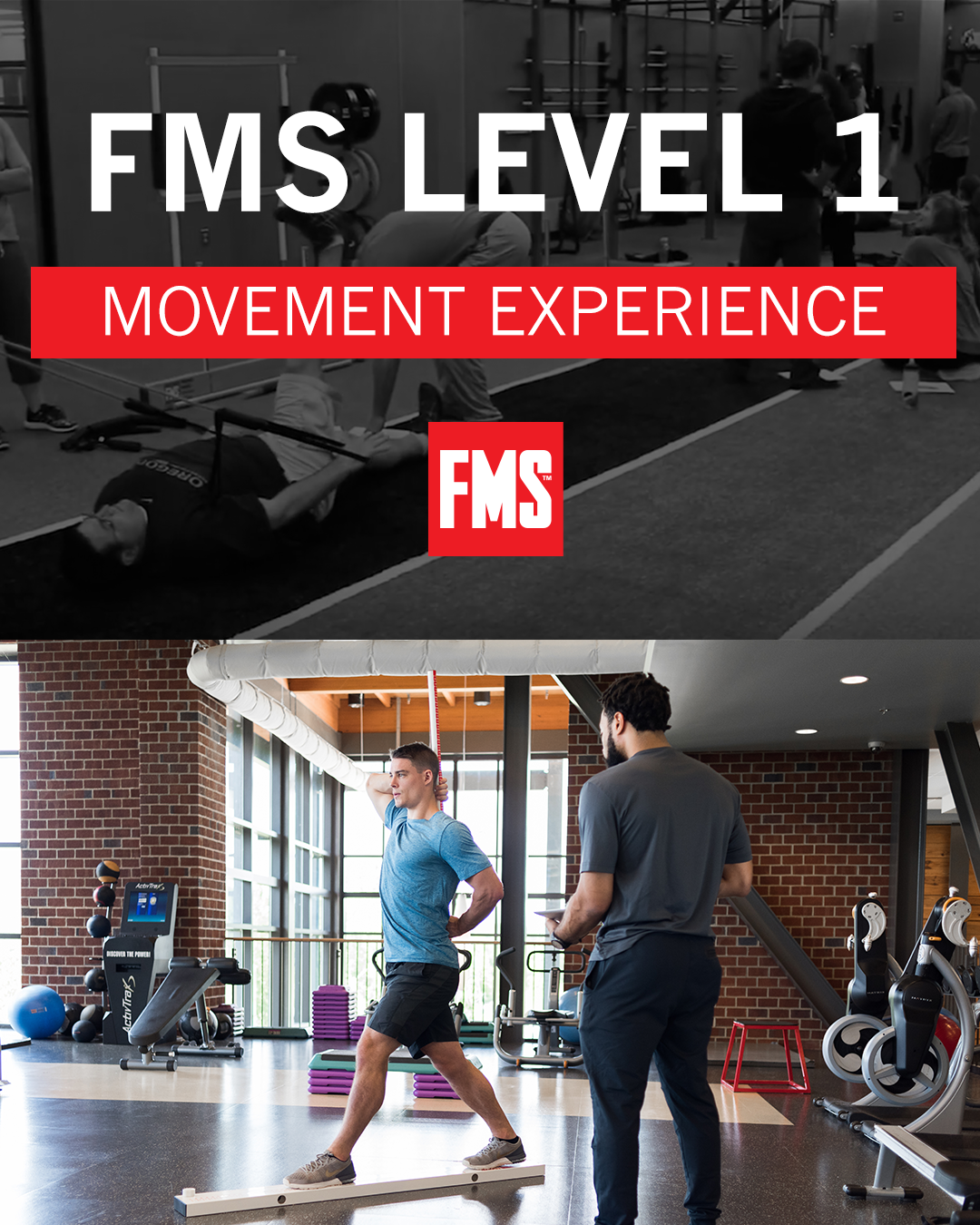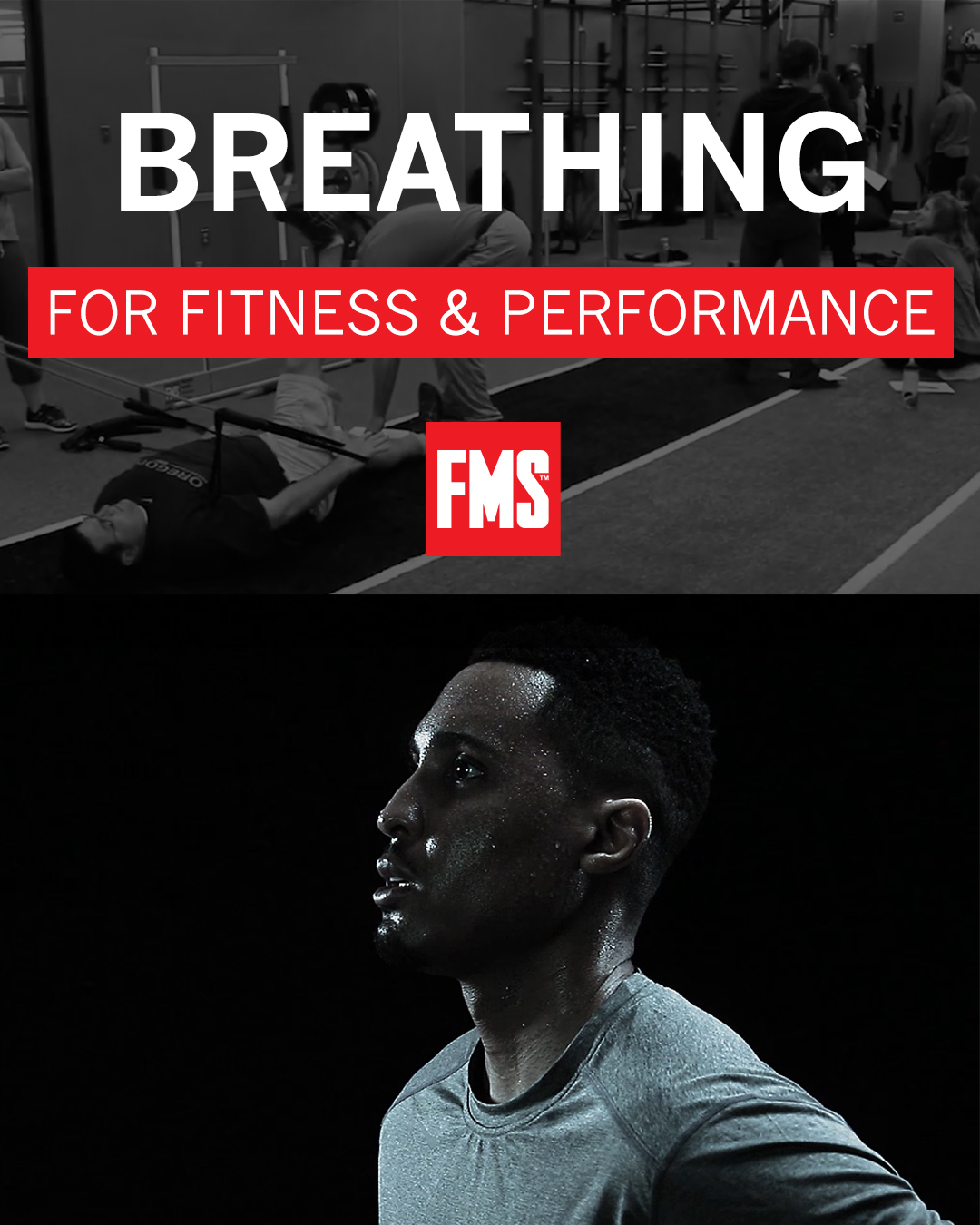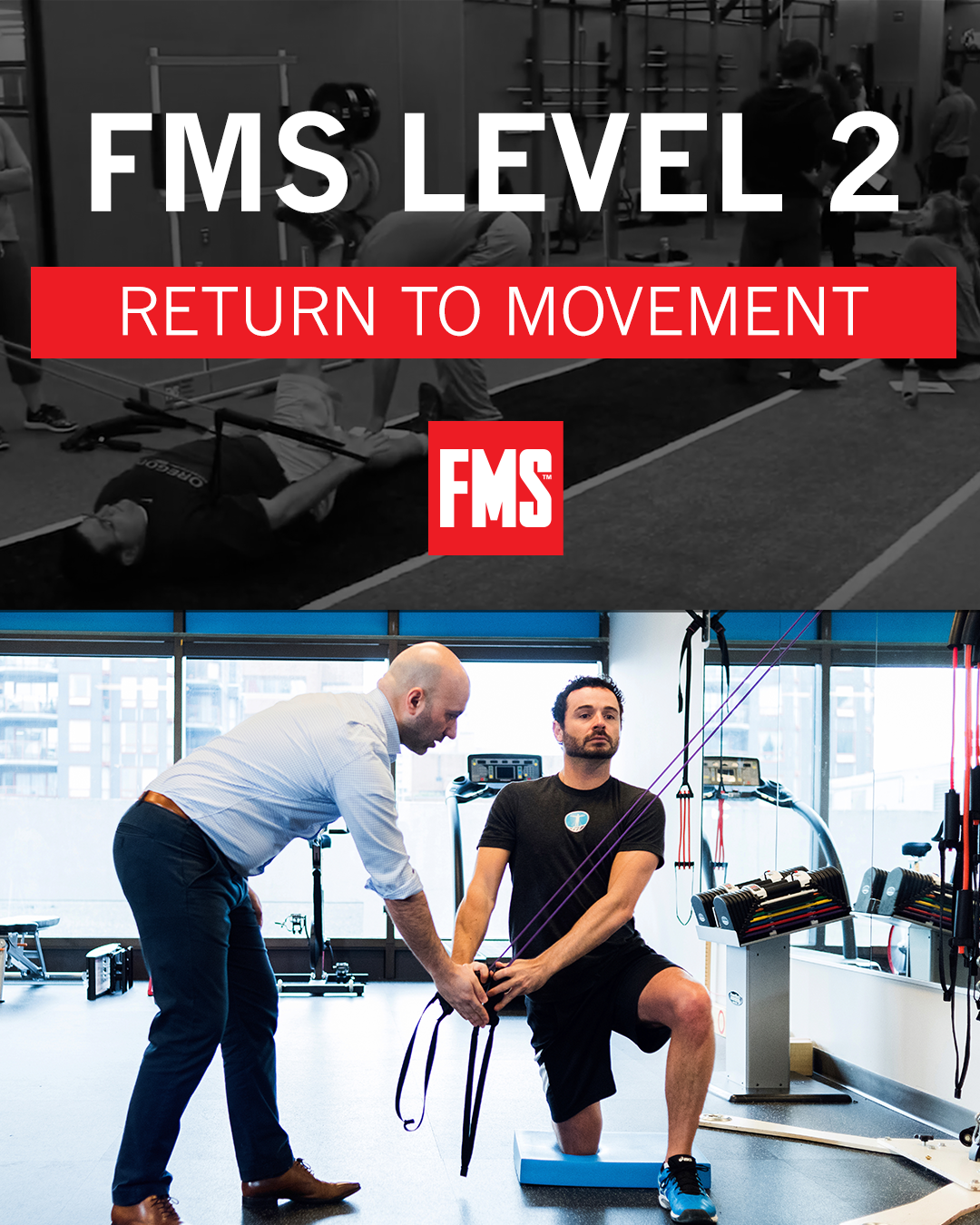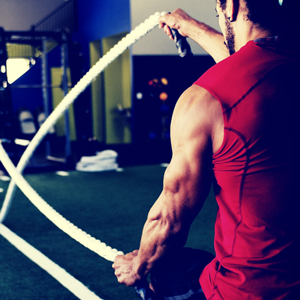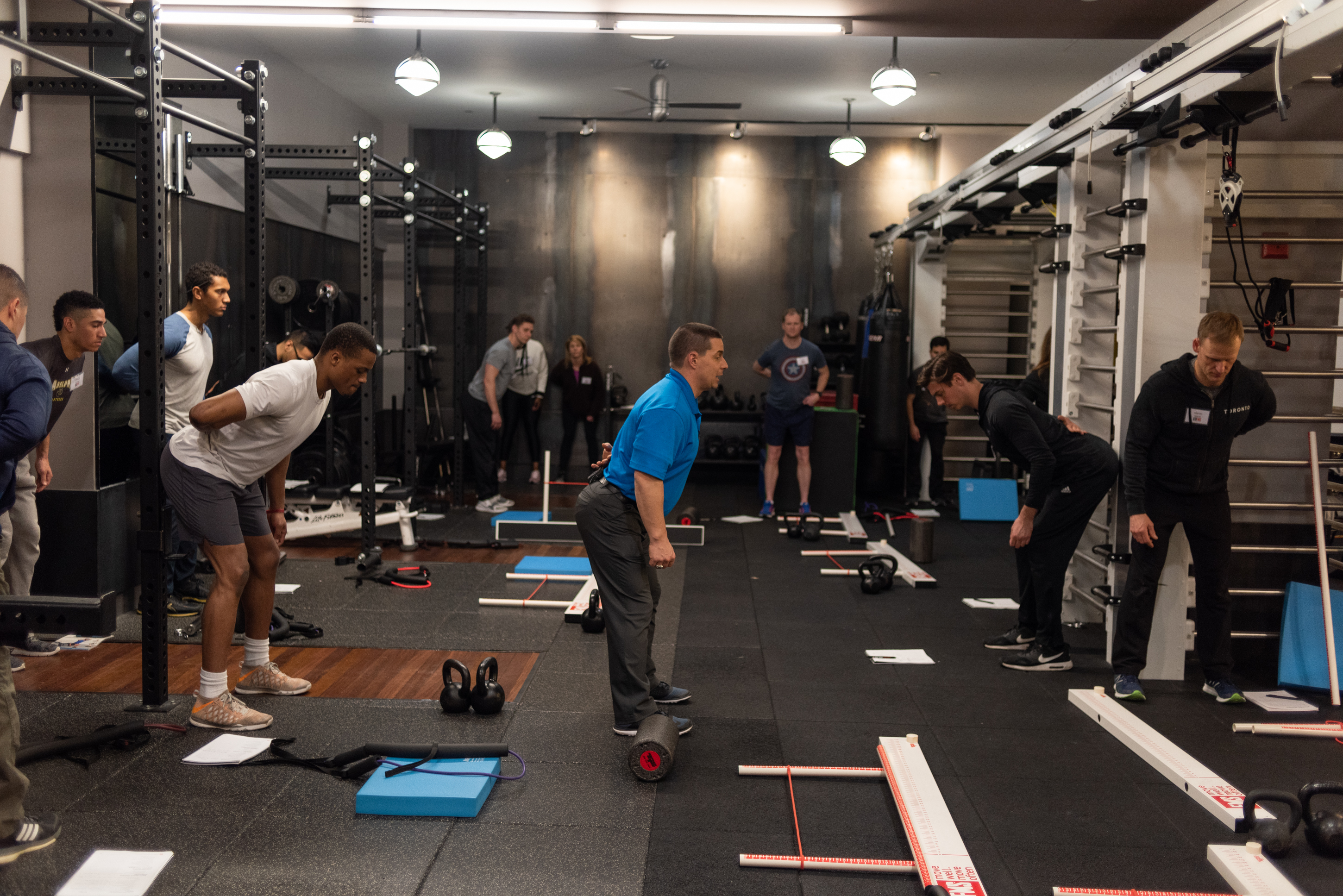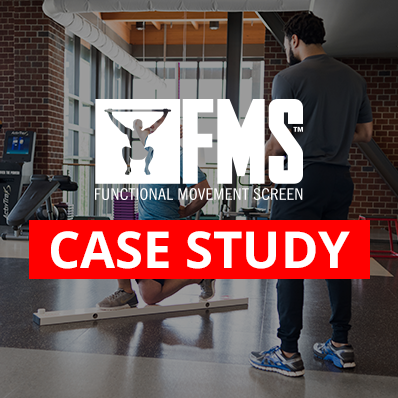Are You Ready to Tackle This Youth Athlete Epidemic?
Written by Kyle Barrow FMS
Of all the challenges that await the next generation, health - specifically obesity - is among the most significant.
If we’re going to influence the health and fitness of the general population, we have to impact kids first. Developing movement habits and preserving movement health of young athletes must be a priority.
Kids who don’t move well in adolescence are less likely to move often in adulthood.
Though dysfunction and apathy are correctible, they elevate the challenge. As Dr. Greg Rose likes to say:
You know the best way to not be screwed up as an adult? Don't get screwed up in the first place.
Thankfully, the opportunity for kids to move often exists, but it's our responsibility as health and fitness professionals to help them move well.
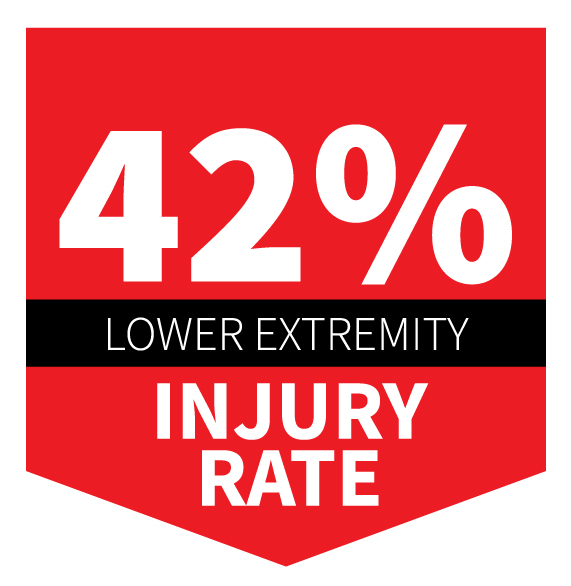
According to the Nationwide Children's Organization, there are an estimated 25 million scholastic and another 20 million community-based youth programs in the United States. Organized youth athletics begin as early as age seven and intensifies through high-school and eventually college. The robust offering of programs presents a tremendous opportunity for kids to move, but it also introduces a significant exposure for injury.
Roughly 2 million injuries are reported by high school athletes each year. Children under the age of 14 account for nearly 3.5 million injuries annually. Recent research suggests that lower extremity injuries are the most common musculoskeletal injury, accounting for 42% of all injuries reported.
Are you a parent or coach interested in locating an FMS certified professional?
Check out our certified member map.
How can we tackle this problem?
First, it is imperative to know about the physical capabilities of the person we are training. This has less to do with their experience in the weight room or on the court, and more to do with evaluating their basic movement quality. 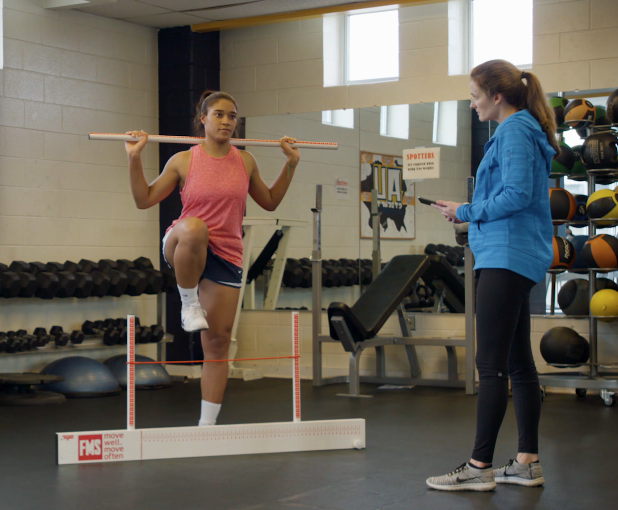
The Functional Movement Screen allows professionals to screen for movement dysfunction to ensure an athlete has the basic foundation of movement quality to make the best programming decisions with precision and purpose.
As health and fitness professionals, our first responsibility is to protect an athlete from what can potentially harm them in training.
If significant limitations or dysfunctions present in a movement, a corrective path is essential to ensure that durability and quality are restored.
Identifying fundamental patterns in daily activity and sport is a significant component of FMS Level 1 - Movement Experience. The more we appreciate how patterns influence daily tasks, the better our opportunities to improve.

FMS professionals use the Functional Movement Screen results to create a customized exercise program design to improve an individual's fundamental movement baseline. This provides valuable feedback on what an athlete needs, and offers an opportunity to work on their strengths, while simultaneously limiting the factors that inhibit progress.
Creating durable performers in sport, work and recreation is the ultimate goal for coaches, trainers and healthcare professionals. In a skill-specific environment, there should be additional tests, but the fundamental test should remain the same. Otherwise, we have no perspective on long-term movement development.
For more information about FMS research, read more here.

